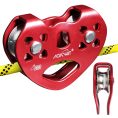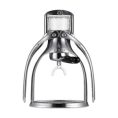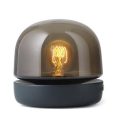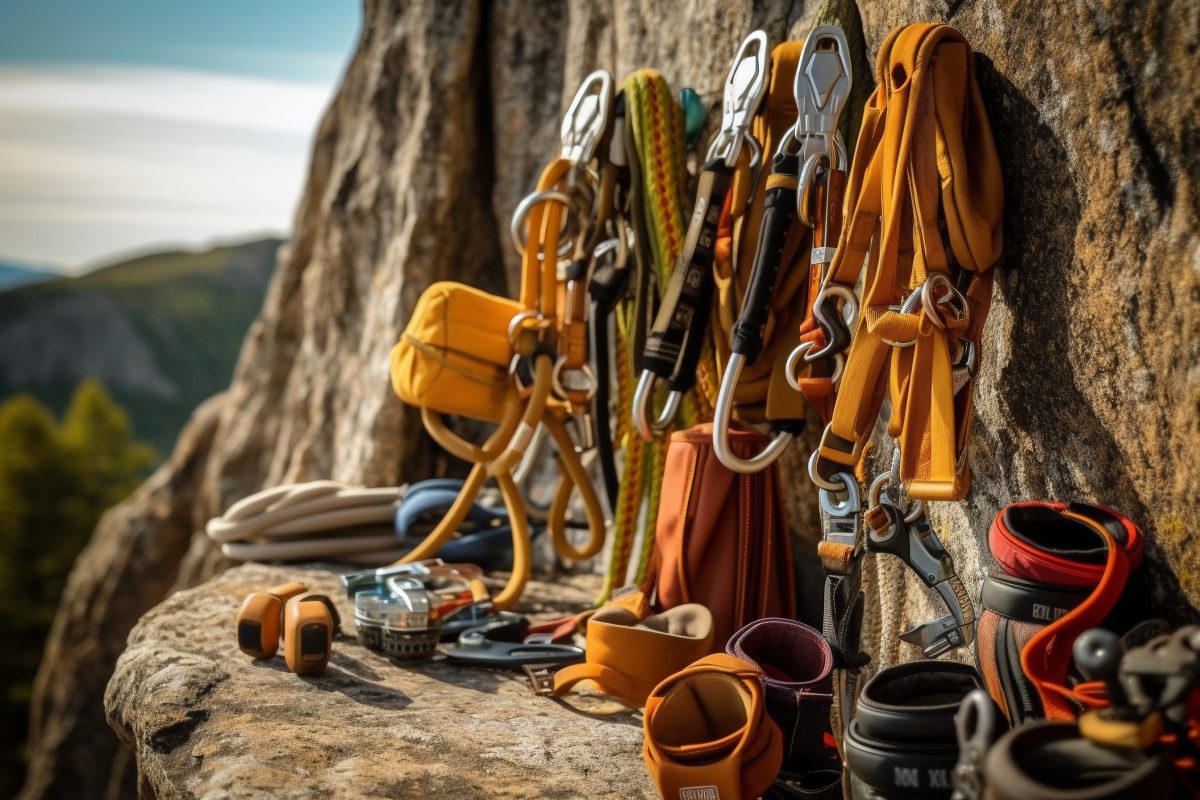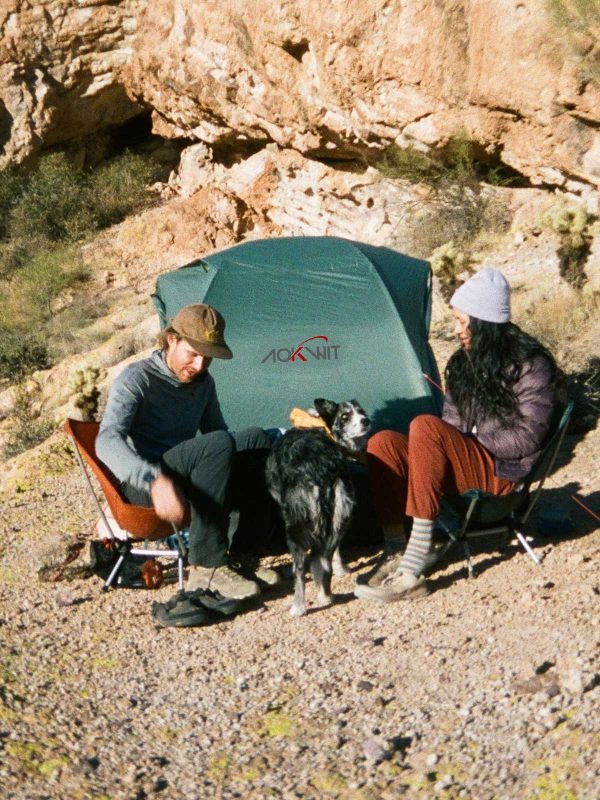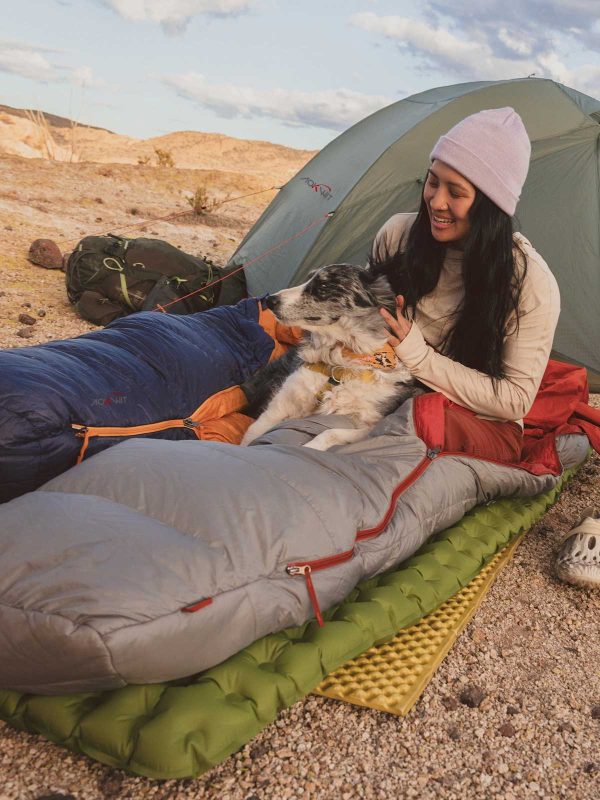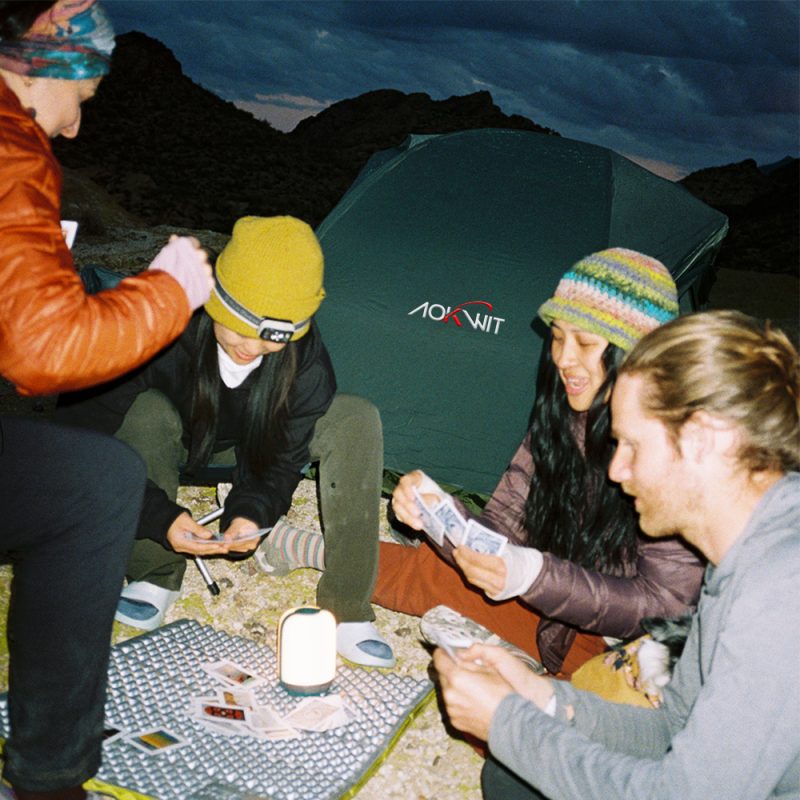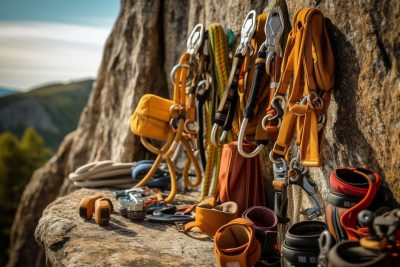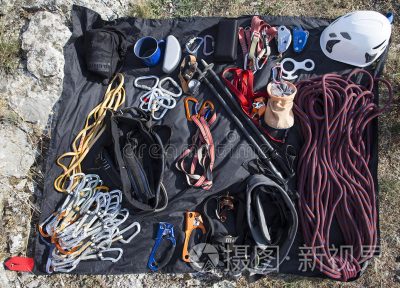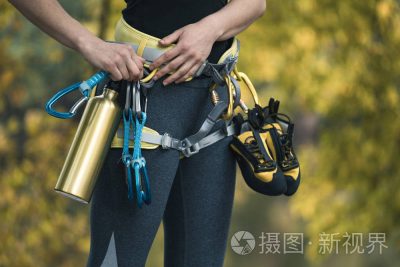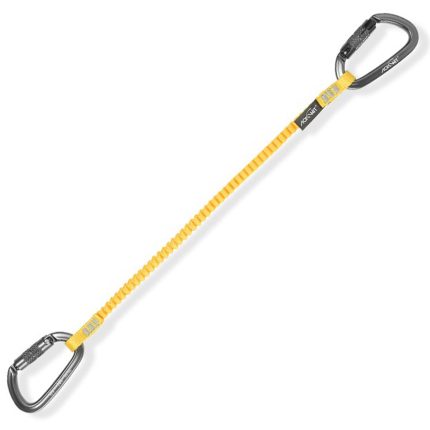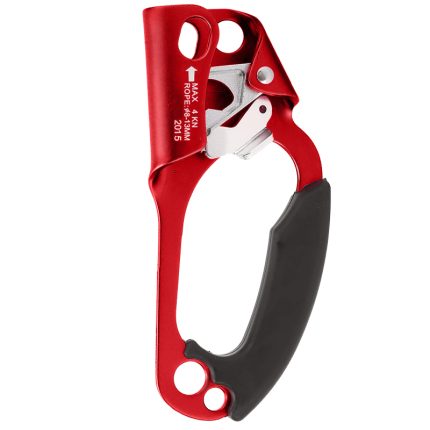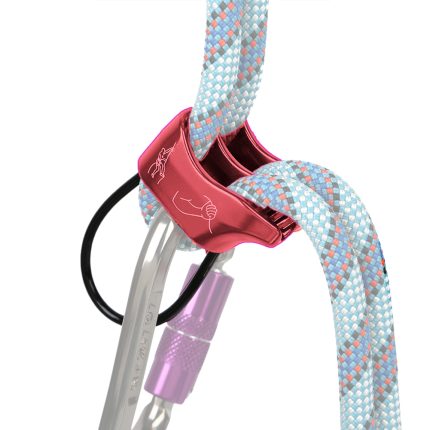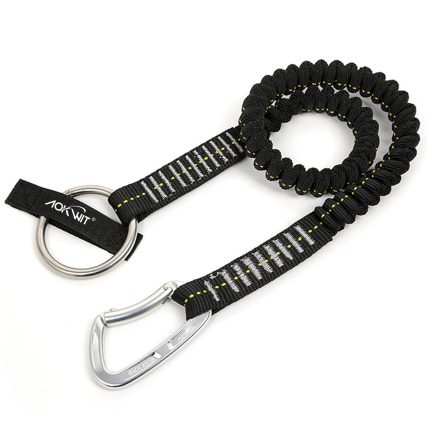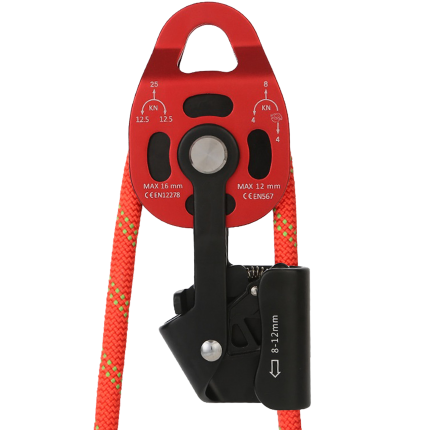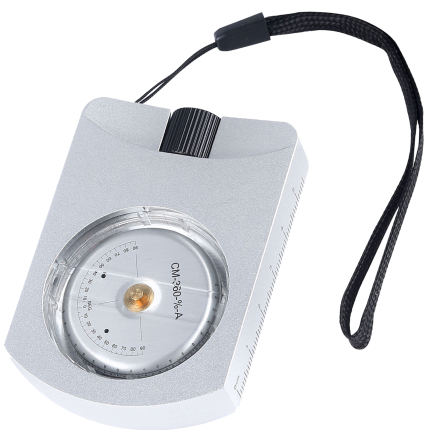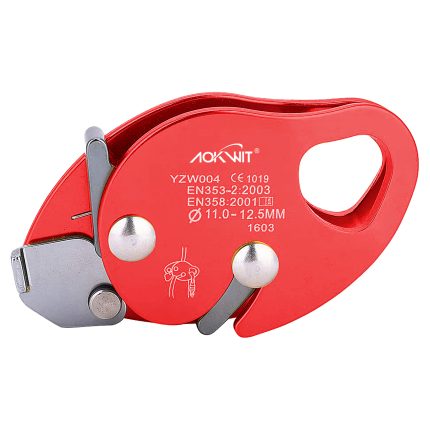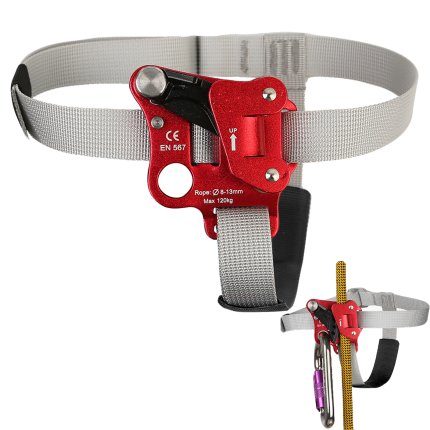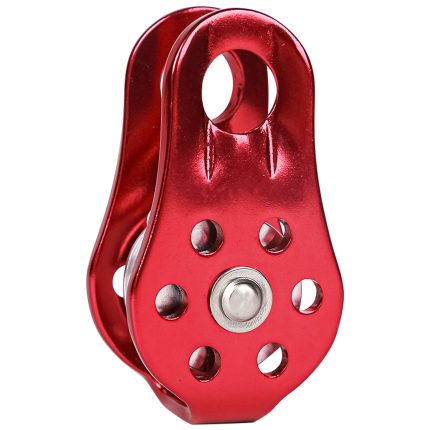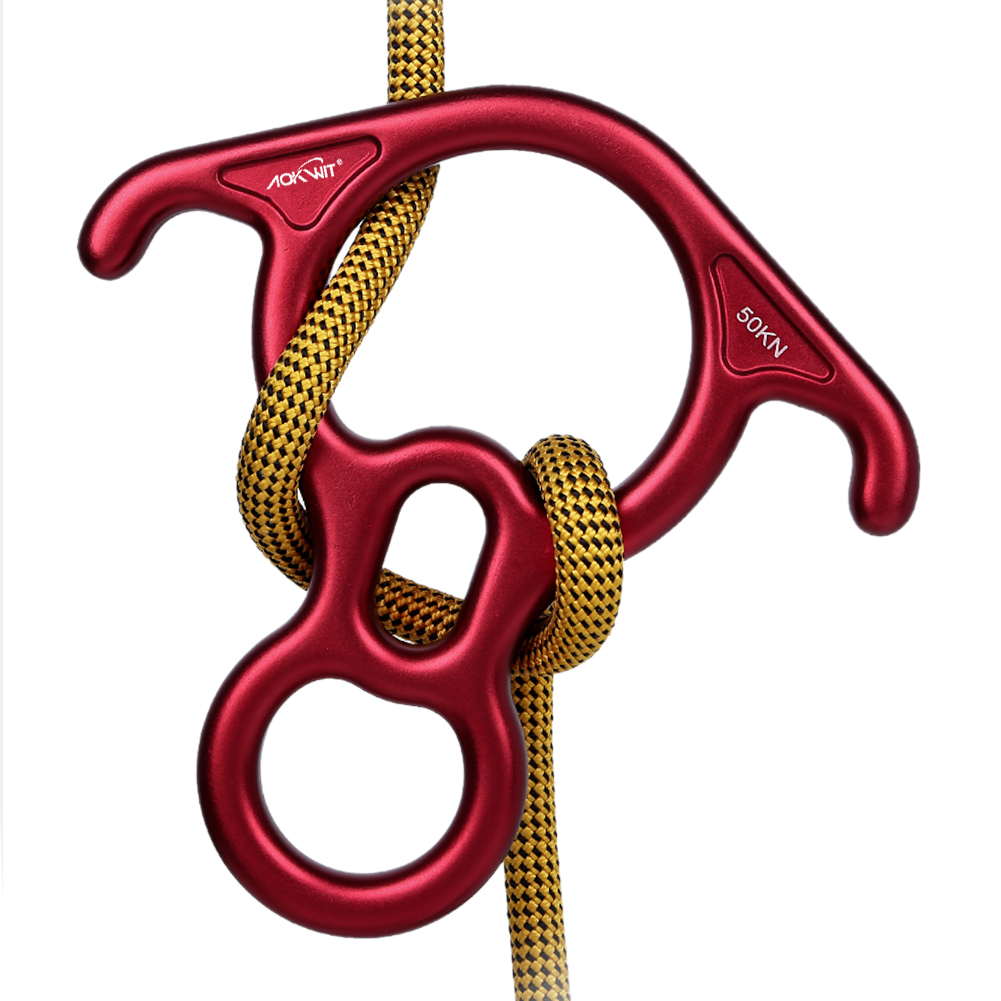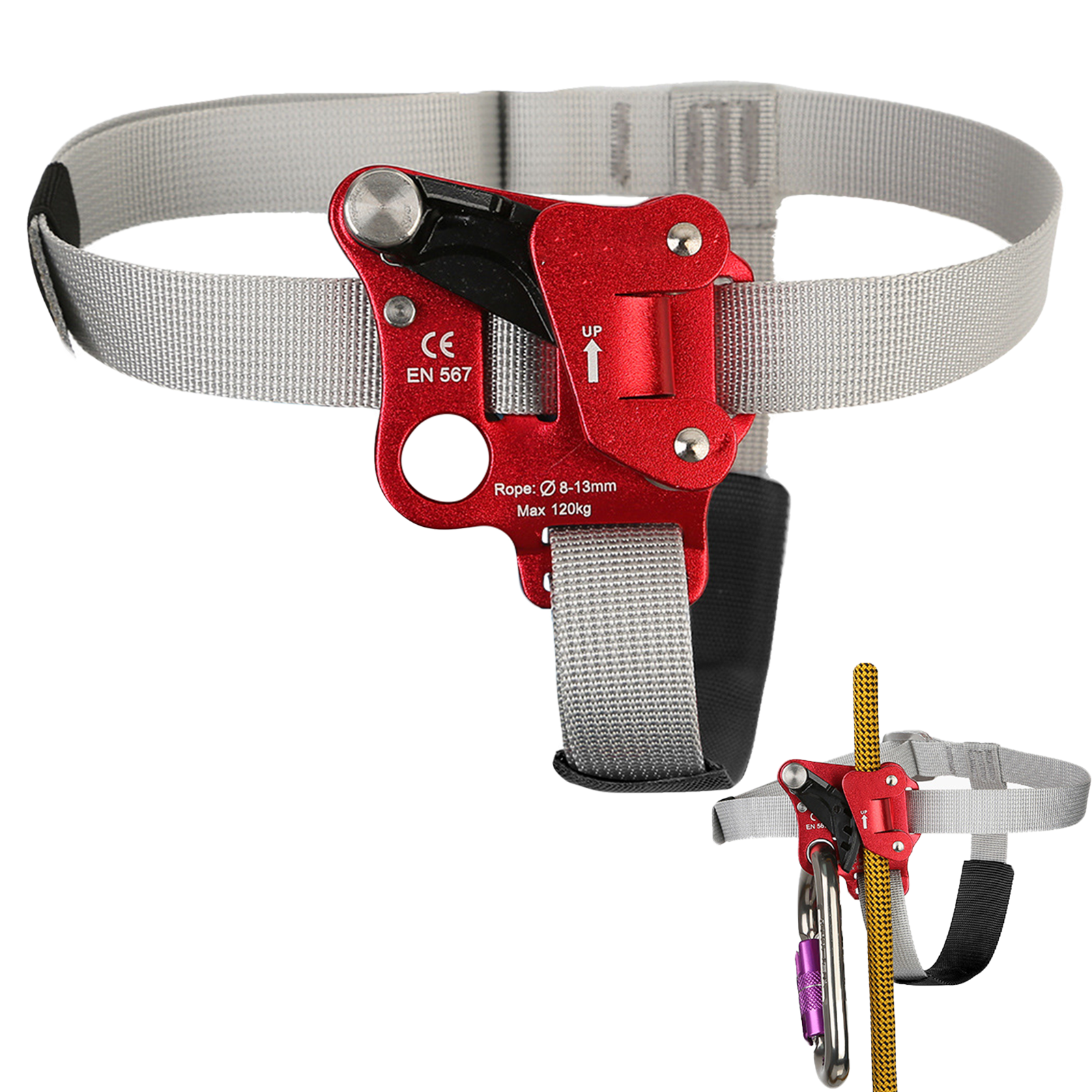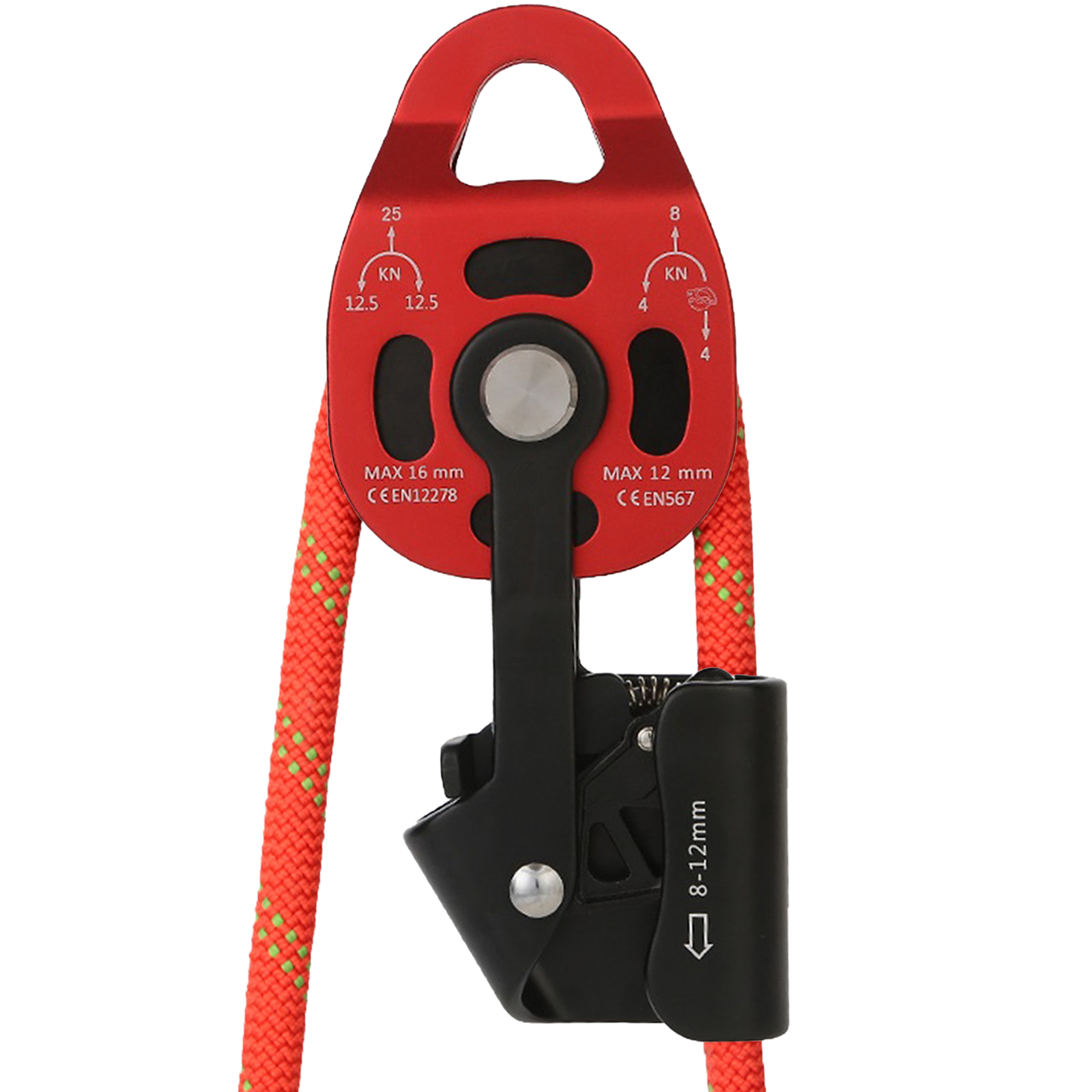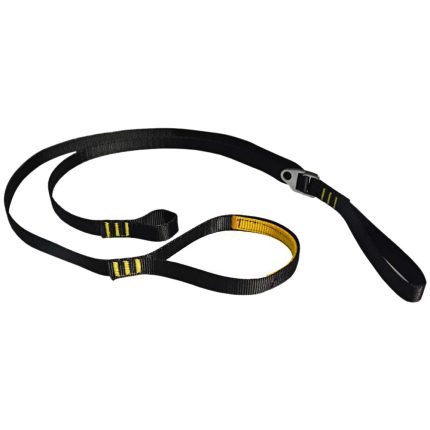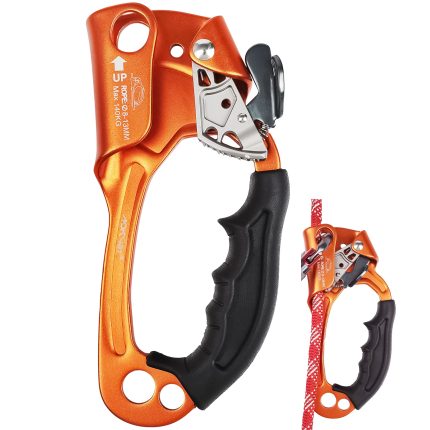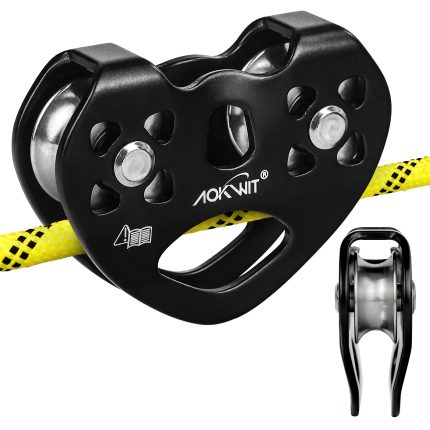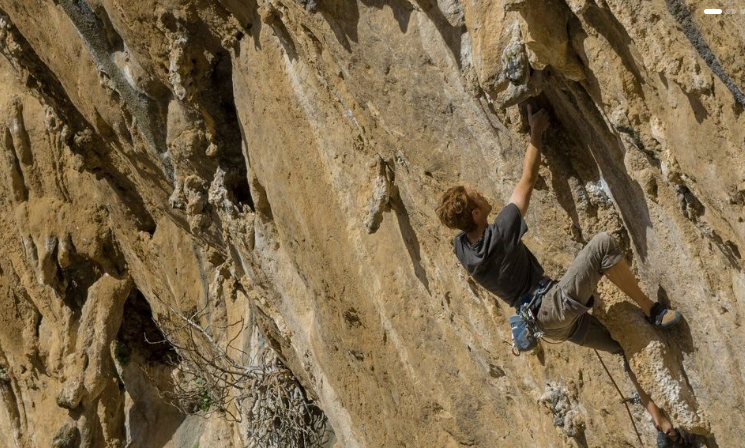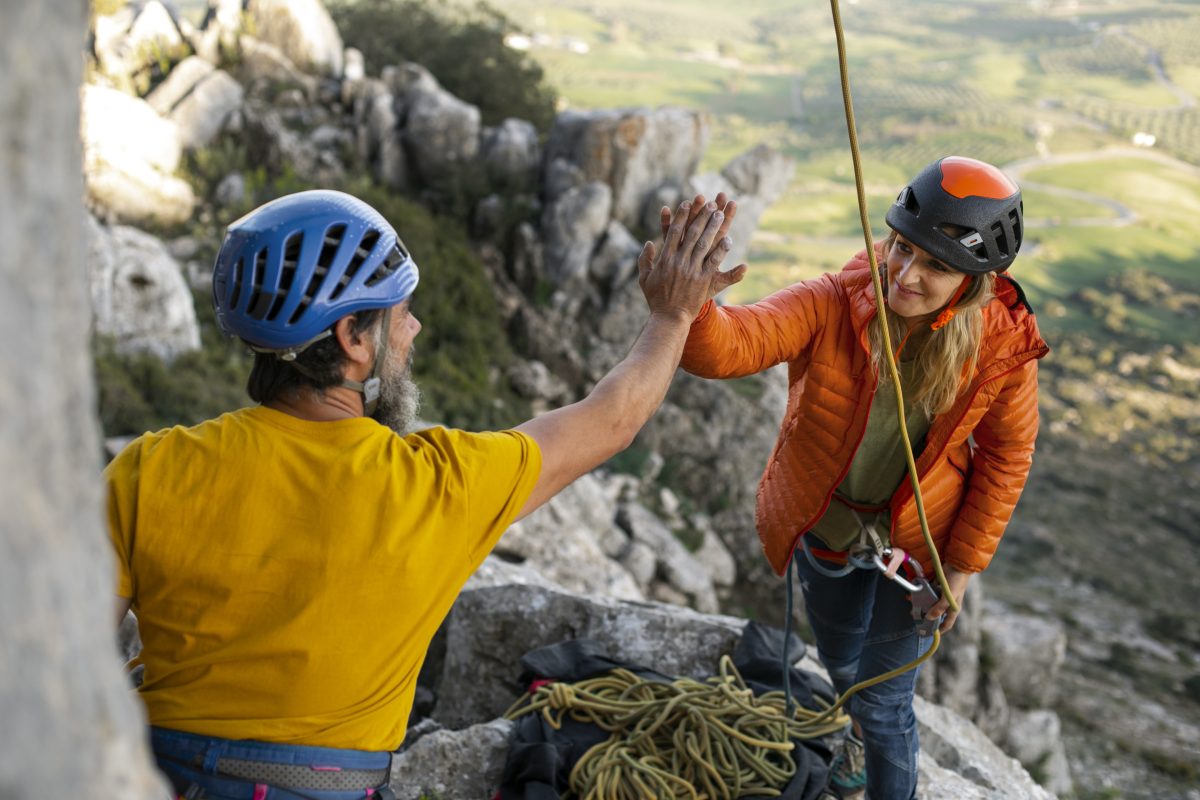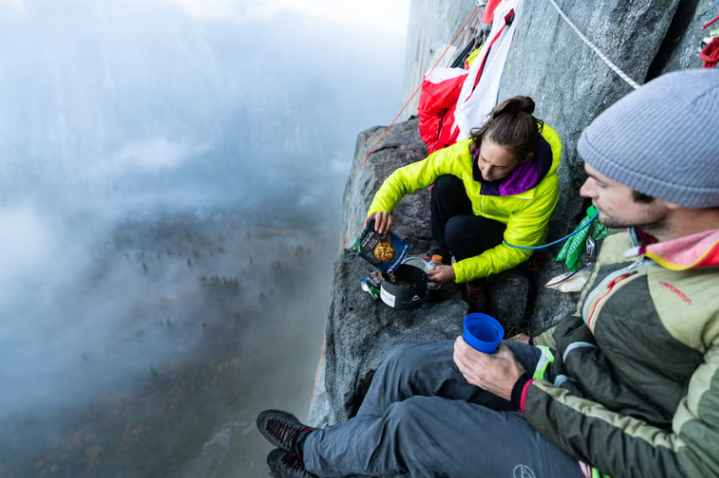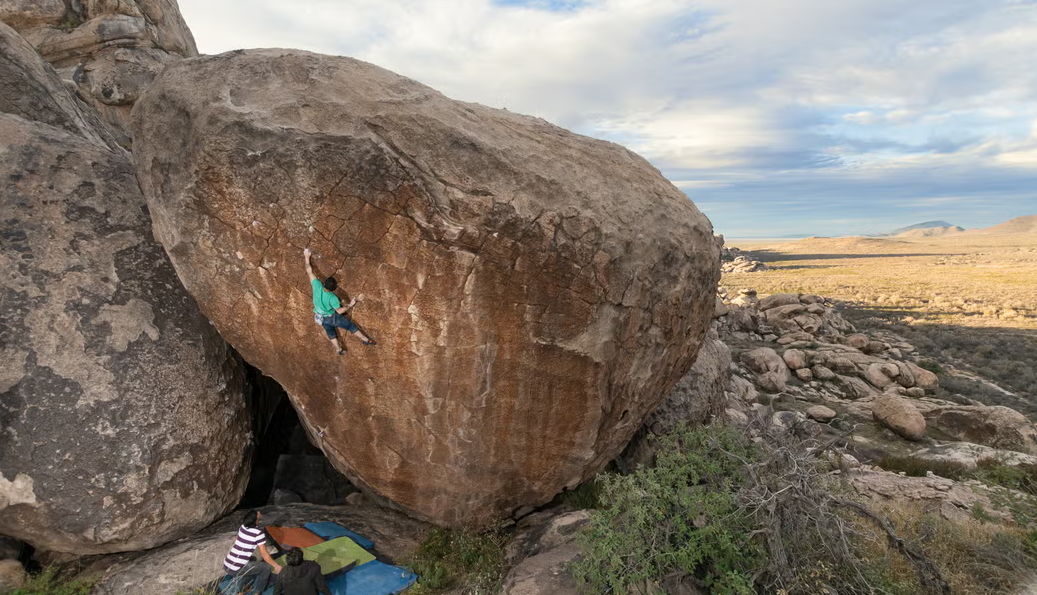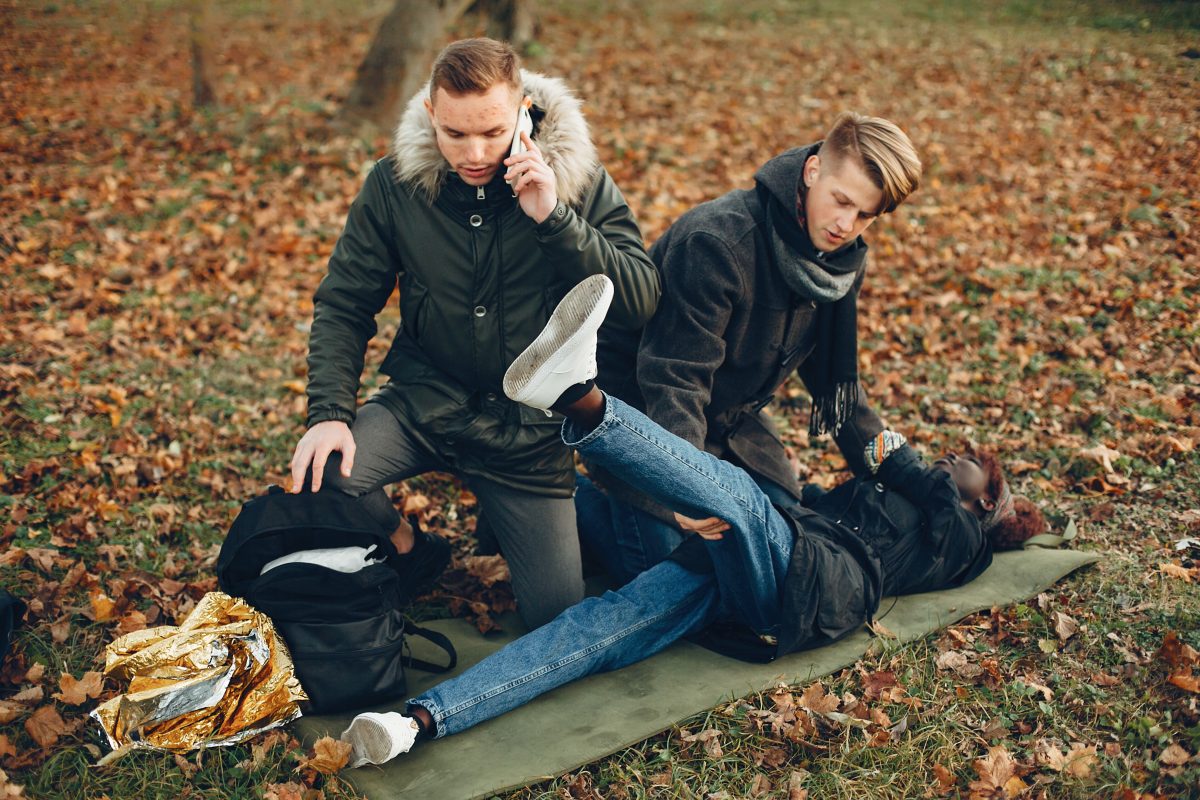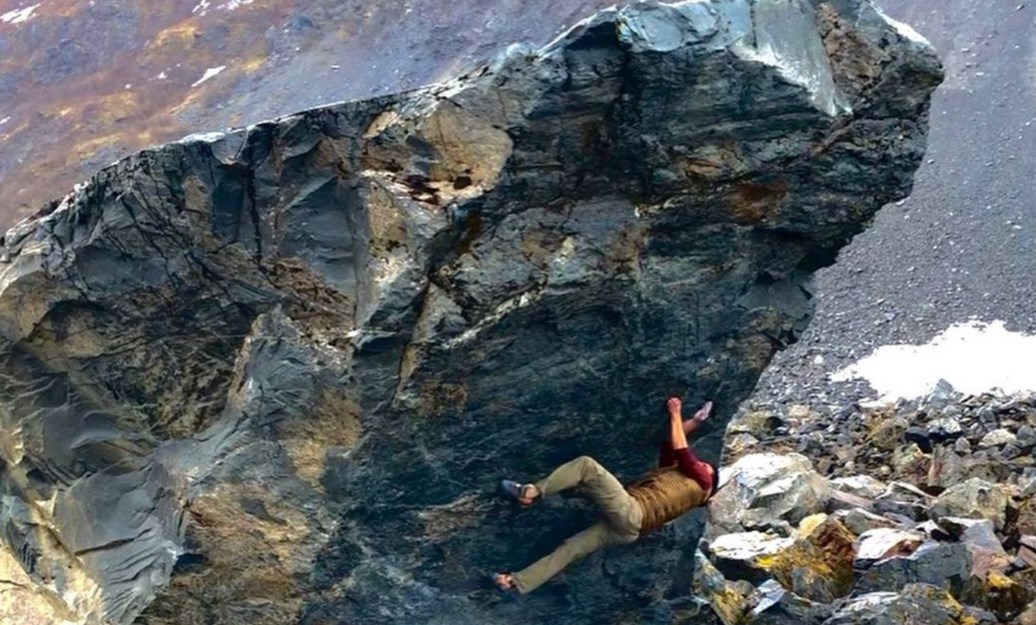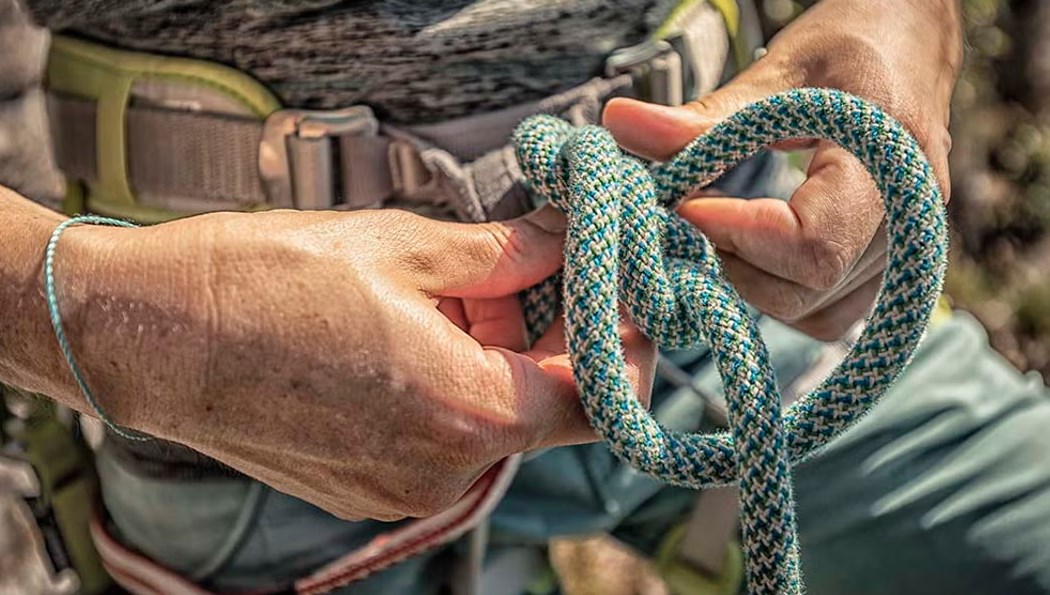10 Tips for Indoor Climbing
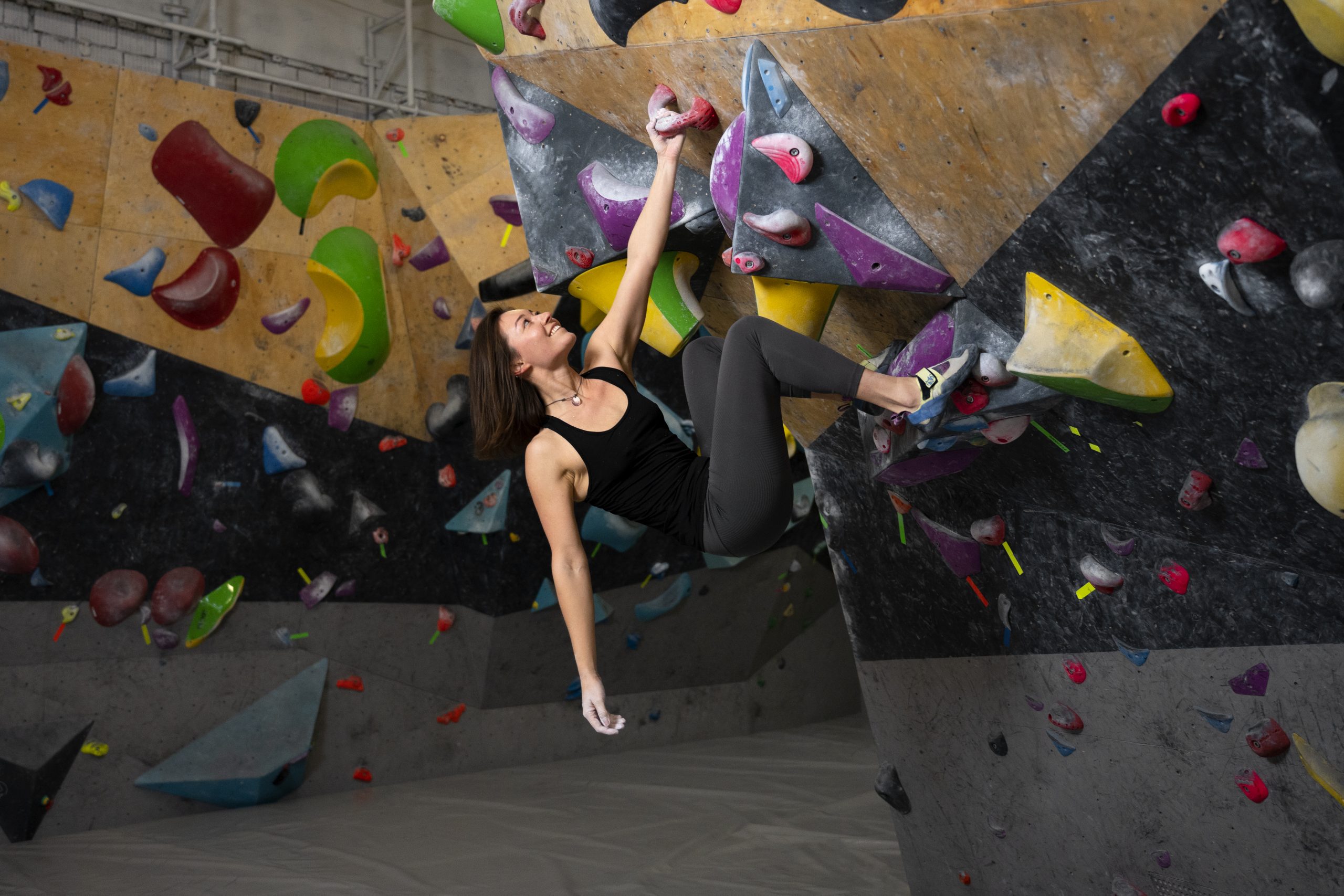
In this article, Dave Flanagan provides 10 suggestions for improving indoor climbing skills, while also introducing how climbing indoors can enhance outdoor climbing ability.
The popularity of climbing has surged in recent years due to the proliferation of indoor climbing centres everywhere.
These centres provide a friendly, comfortable environment, making them ideal places for beginners to learn fundamental climbing skills.
Simultaneously, for experienced climbers, they serve as social hubs and training venues during the cold, wet, and dark winter months.
This article contains some general advice on essential techniques for indoor climbing. While indoor and outdoor climbing share many similarities, there are also numerous subtle differences.
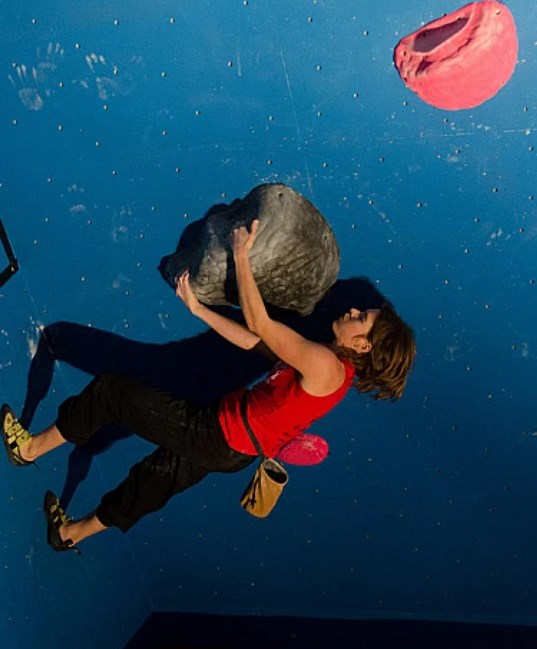
1. Warm Up Thoroughly
A thorough warm-up is essential if you want to climb enjoyably and avoid injury. Develop the habit of warming up and be patient – it may take up to an hour to get yourself ready to climb at your limit.
Your warm-up should include the following three parts:
- Pulse Raiser:
If you haven’t walked or cycled to the wall, do a short jog or some skipping to get the blood circulating. A few minutes is sufficient.
- Stretching:
Gently mobilize your fingers, wrists, elbows, shoulders, neck, back, legs, hips, and ankles, focusing on the upper body. Remember, your goal is to lubricate the joints and relax the muscles, not to increase your range of motion (save that for after you finish climbing).
- Climbing:
Start with some very easy climbing problems or traversing on large jugs, focusing on smooth and efficient movement. Gradually increase the difficulty and rest adequately between each problem.

2. Think Before You Move
Climbing, and bouldering training in particular, is mistakenly perceived by some as an activity requiring immense strength. While you should never be too weak, technique is what determines how good a climber you become.
To develop good habits, try to focus on technique right from the beginning of your climbing career.
Before you start attempting a problem, try to figure out how you will overcome it. Make a plan – decide which handholds and footholds you will use and in what sequence – then put it into action.
If something doesn’t go as expected, don’t be afraid to improvise. Once you are back on the ground, whether you topped out or fell off, you should review your plan.
Ask yourself what worked, what didn’t, whether you stuck to the plan completely, if there were any improvements, etc.
This constant cycle of planning, climbing, and reviewing is how you learn to climb.
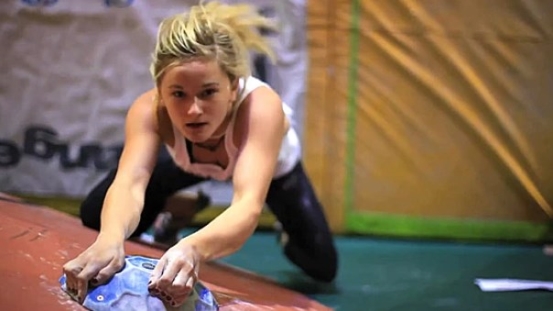
3. Observe Other Climbers
It is very useful to watch closely when others are attempting your project, but avoid falling into the trap of blindly copying another climber’s beta (sequence). Everyone has different strengths, weaknesses, and body types, so what works for them might not work for you. This is the beauty of climbing – everyone must find their own way.
Embrace the challenge of problem-solving; it’s a core part of climbing. There is no single “correct way” to solve a problem.
You’ll quickly discover that nothing is more satisfying than finding a clever solution to a problem you initially thought impossible.
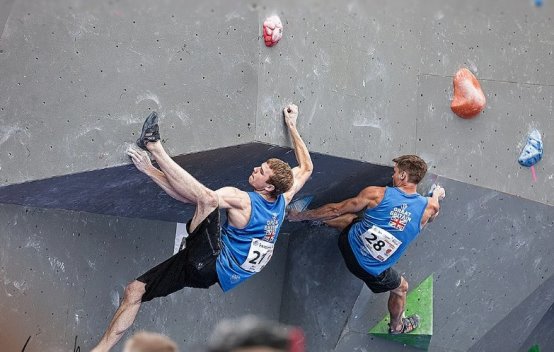
4. Focus on Balance
Balance is the glue that binds all other elements of climbing technique together. It is superb balance and body positioning that enables talented climbers to perform moves that are physically impossible for other, equally strong but less accomplished climbers.
In climbing terms, balance can be defined as: “The relationship between the climber’s centre of gravity and their base of support.”
Your centre of gravity is the theoretical point where all your body’s mass is concentrated, typically just above your navel. Your base of support is the area bounded by your current handholds and footholds.
You should climb in a slow, controlled manner. When reaching for a hold, your body should remain relatively still. In bouldering, there are many situations requiring a lunge forward to grab the next hold. But if your body swings uncontrollably every time you move a hand, you need to pay more attention to your body positioning and balance.
5. Train Your Weaknesses
Success or failure on a problem depends on many factors, and it’s often not immediately obvious which ones are limiting progress.
For example, consider a climber struggling on a steep overhanging problem.
They find it hard to hold onto small crimps, let alone move between them. Their instinct might be to blame insufficient finger strength. However, it’s equally possible that weak core strength or sloppy footwork is preventing them from shifting weight onto their footholds, thereby reducing the load on their fingers.
We tend to derive the most enjoyment from activities we are good at. In climbing terms, we spend most of our time on problems that suit our style.
A consequence of this is that if we neglect our weaknesses, they become more pronounced and can drag down our overall performance.
Investing time and effort into focusing on your weaknesses is an excellent investment. Making significant improvements in areas of weakness often requires less effort than making minor gains in areas of strength.
This is especially important for most climbers who have limited time for training.
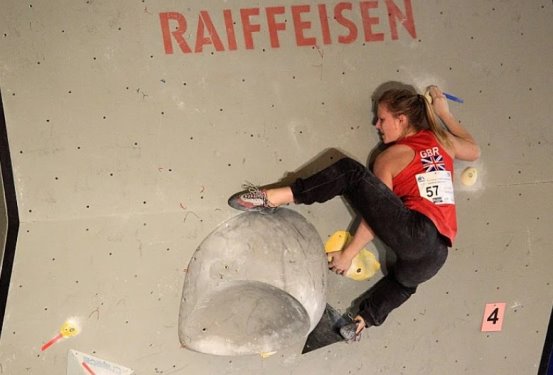
6. Stay Safe
In climbing terms, indoor climbing is safe, but there are several things to keep in mind:
- Warm up thoroughly. You can climb better for longer, and nothing is more frustrating than an injury.
- NEVER walk or stand in an area where a climber on the wall might fall. Develop the habit of checking the landing zone is clear before jumping down.
- Most walls have excellent matting, but be mindful of gaps, edges, or soft spots.
- When falling, absorb the impact with your legs and roll to the side if necessary. Do not develop the habit of relying solely on the mats to absorb the impact.
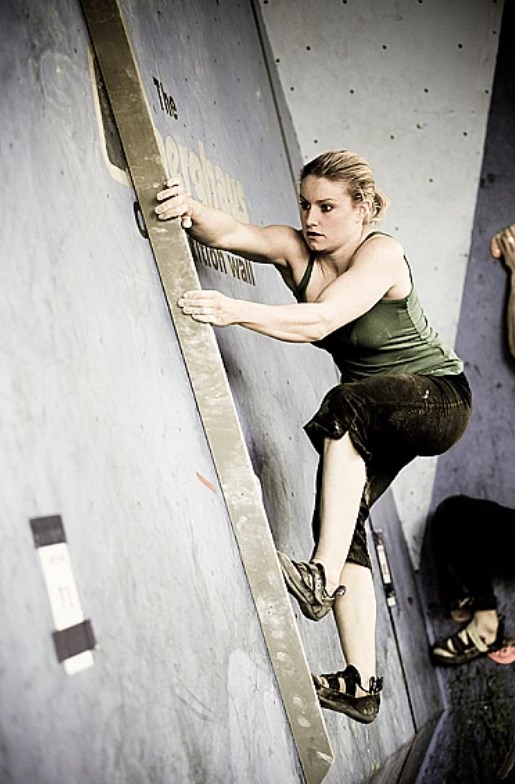
7. Stay Relaxed, Don’t Panic
The “fight or flight” response isn’t very helpful for climbers, as there are few situations in bouldering where difficulty can be overcome by sheer brute force.
More often than not, if we get slightly panicked, we overlook a foothold or handhold that would make us more comfortable.
When bouldering, try to stay relaxed and composed. If you feel yourself starting to fumble, take a few deep breaths and carefully reassess your options. What’s the worst that could happen?
Climbing is difficult; that’s the whole point. Accept the struggle.
Failure is an integral part of climbing. Don’t let it frustrate you. Be patient and enjoy the problem-solving process.
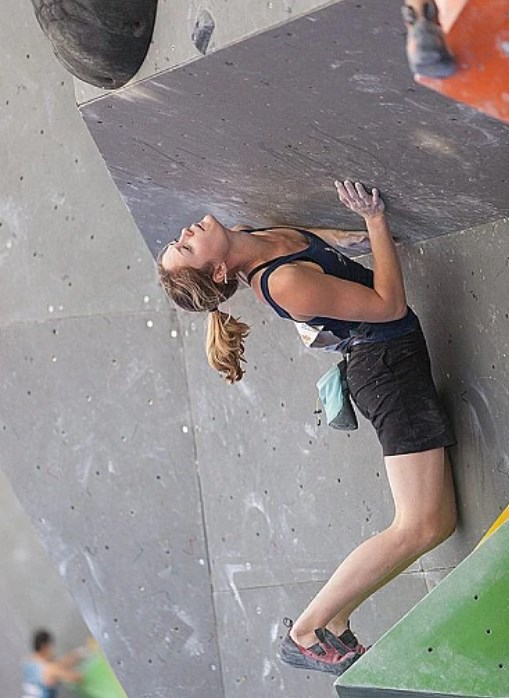
8. Don’t Worry About Grades
Every climber has different strengths and weaknesses.
Climbing grades cannot possibly account for all these factors; they are only rough estimates giving a general indication of the problems you might be capable of completing.
Don’t let them become the primary focus of your climbing.
You are NOT a number.
9. Climb Circuits
A climbing circuit is a collection of problems of similar difficulty.
The concept of climbing circuits originated in Fontainebleau, France, where aspiring Alpine climbers would link dozens of problems together to build endurance.
Today, most climbing centres group their problems into circuits of 10 to 30 problems, marked by colour.
Completing an easy circuit is an excellent warm-up or a light workout in itself.
Because most circuits contain a wide variety of problems, attempting to complete every problem in a circuit (whether in one session or over several) forces you to focus more on your weaknesses than your strengths.
This is an excellent way to improve technique and elevate your overall climbing ability.
10. Go Outdoors
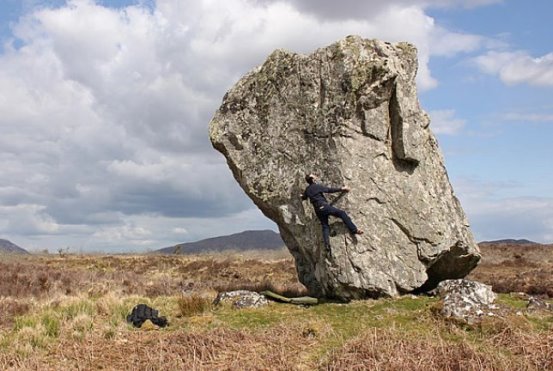
As much fun as climbing on plastic is, it can’t compare to spending a crisp winter day on real rock.
Modern climbing walls, with their soft mats, heating, and cafes, make you feel very comfortable.
But you might be surprised the first time you climb outdoors.
However, once you experience the satisfaction and sheer joy of climbing on rock, you might never look at the wall the same way again.
Even the most creative indoor route-setters cannot compete with the infinite variety of problems created by nature. Therefore, if you want to learn how to climb, rather than just getting strong, bouldering on rock is the best option.
